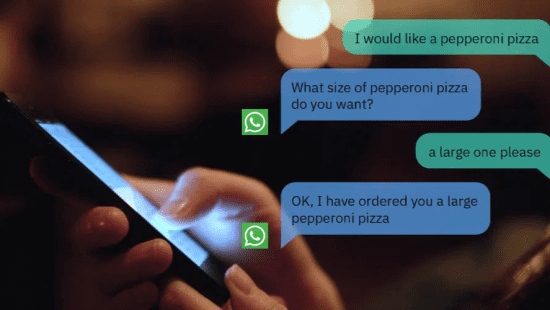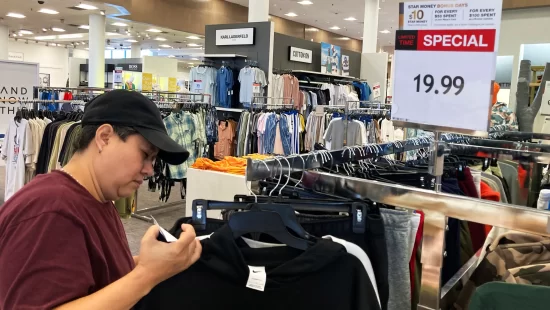How inflation, layoffs, and shifting budgets are reshaping Holiday Retail Spending Trends heading into Black Friday and the Christmas season.
Market participants, analysts, and economists have all been looking for signs of a recession since 2022. An economic hard landing following the post-COVID boom seemed almost inevitable, given the numerous warnings that had appeared throughout. But as the end-of-year holiday shopping season approaches, a real test could be coming for the U.S. economy.
U.S. consumers are known for their strong spending habits, but their year-round resilience still pales next to the annual shopping frenzy that erupts at the end of each year. Shoppers wait for Thanksgiving – and the Black Friday deals that follow – to stock up on Christmas gifts and stretch their budgets as much as possible.
But it’s not just about timing anymore. With inflation cutting into spendable income, consumers are increasingly waiting for discounts before making purchases. Black Friday has shifted from an impulse-driven buying spree to a much more strategic budgeting exercise.
This holiday season isn’t just about splurging, but more about necessity. Economic anxiety is shaping buying behavior, and households are beginning to prioritize essentials over discretionary and luxury goods. After tariffs, political uncertainty, and the government shutdown, the big question is: Can the U.S. consumers deliver another strong holiday sales season, or are we reaching the limits of their resilience? High-income shoppers are already slowing down their purchases and young consumers are still struggling to find employment, leading to even more containment from the traditional high spenders. Adding the reports of the steepest pace of layoffs since 2003, when looking at the most recent Challenger Layoffs report, suggests that economic woes might be around the corner.








